As we reach the end of 2017, to build upon our blog last June I thought it would be worth taking a quick look at the progress of various IoT LPWAN technologies over 2017 with a summary of progress as we move into 2018. We’ve heard about the Internet of Things for some time, and as the technology still fails to get widespread traction people are developing some scepticism as relevant use cases are yet to enter the mainstream. Hopefully the industry can get itself sorted out in 2018 – but let’s take a closer look at what is holding things up from a technical and operator perspective ! More on the social impacts of these delays another time !
There have been a variety of proposed technology solutions available for some time now – on the one hand we have NB-IoT, LTE Cat M1, LTE Cat 1, and a few others operating in licensed spectrum by the mobile carriers – and others such as LoRa/LoRaWAN and SIGFOX which operate in license free spectrum, yet no-one appears to be winning the race. From our observations here at Milliamp there appears to be a few key problems hindering progress, all of which need resolving before we see large scale IoT deployment and use:
Firstly, politics and aggressive competition – it seems more and more likely that there will be no clear winner as no particular IoT technology can be a “one size fits all” solution, therefore a range of options and interoperability is required. This is something users have been saying (for some time!) however it is not what commercial operators want to hear as they don’t want to play happy together. In particular, mobile carriers who think their own IoT strategy is the best and will prevail against all others have been using strong language – Vodafone said it would “crush LoRa and SIGFOX” back in April 2016 which still fails to be seen – whilst other competitors have been doing their best to spread fear and uncertainty about all other technologies. This propaganda war and lack of cooperation is unhelpful and has resulted in confusion and uncertainty by customers, investors and Government who are holding off major activities until the dust settles. Sometimes a team effort is required.
Secondly, many IoT implementations that are mobile carrier based, such as LTE and NB-IoT require agreement on standardisation via the 3GPP mobile operator consortium and are struggling to agree a way forward. This has resulted in delays, key specifications being bumped to later versions of the 3GPP standard, and suppliers such as Ericsson and Huawei arguing in court over who owns hardware designs amongst other things. Many operators have realised that some fundamental specifications they originally ambitiously announced have been over-optimistic – having to reel in some of their promises (resulting in customers complaining about performance and cost.) We are now even at the point where operators themselves, such as Vodafone, are losing faith.
And finally there’s the practical considerations of rollout, with the cost and effort required to re-organise spectrum and licenses, and update infrastructure and mobile base station equipment across entire countries. For example, in the UK some remote places (like the Lake District near to Milliamp HQ) continues to suffer from lack of mobile carrier investment resulting in mobile “not-spots” which will therefore have no coverage for licensed spectrum IoT services such as LTE and NB-IoT as we’ve already pointed out.
In the UK, even with EU funded projects paying the operators £150M to increase geographical coverage, it has not happened with projects such as the “Mobile Infrastructure Project” being branded a failure and infrastructure operators such as Arquiva saying they will only invest in the UK “as a last resort”. A difficult situation all round – but we have some new logos tho !! (It’s always a sign things aren’t going as planned when the focus turns to branding to “unite an ecosystem” as the technology should sell itself !!!)
So what does Milliamp think is going to happen? Whilst the telcos argue, there has been slow but steady progress of their license free competitors – SIGFOX and LoRaWAN. We think that in the short term, both these technologies will make serious inroads in terms of market penetration. Both technologies are owned by smaller organisations, allowing their specifications to evolve and improve at a faster rate without mass agreement politics required by 3GPP for LTE and NB-IoT or waiting around for mobile operators or Governments to install infrastructure. The coverage is increasing globally also – for example in the UK, SIGFOX is now partnered with WND who are rolling out their network alongside Arqiva to accelerate coverage. And LoRaWAN continues to make excellent progress, with a variety of public trials like the Things Connected project in London from the Digital Catapult Centre and the continually expanding The Things Network which (as of Dec 2017) boasts 60 communities around the UK (with a total of 426 communities around the world). The TTN initiative is providing free public access for IoT technology, a team effort operated by volunteers which appears to now be leading the way for LPWAN technology. The TTN has also been embraced by platforms such as Amazon AWS (checkout this excellent Youtube TTN/AWS video for example). Milliamp itself was the founder of the UK TTN Lancashire group !
Sounds great eh? Maybe – but the devil is in the detail – stay tuned for a closer look at SIGFOX and LoRa/LoRaWAN and some practical examples of what you can do with it to make the world a better place !! More on our blog soon !
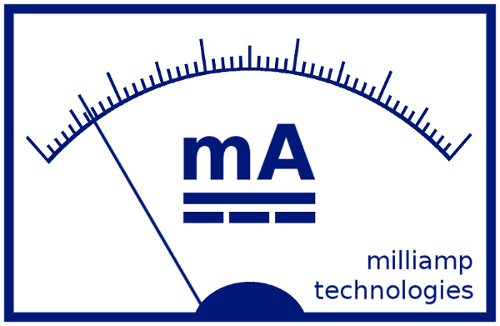
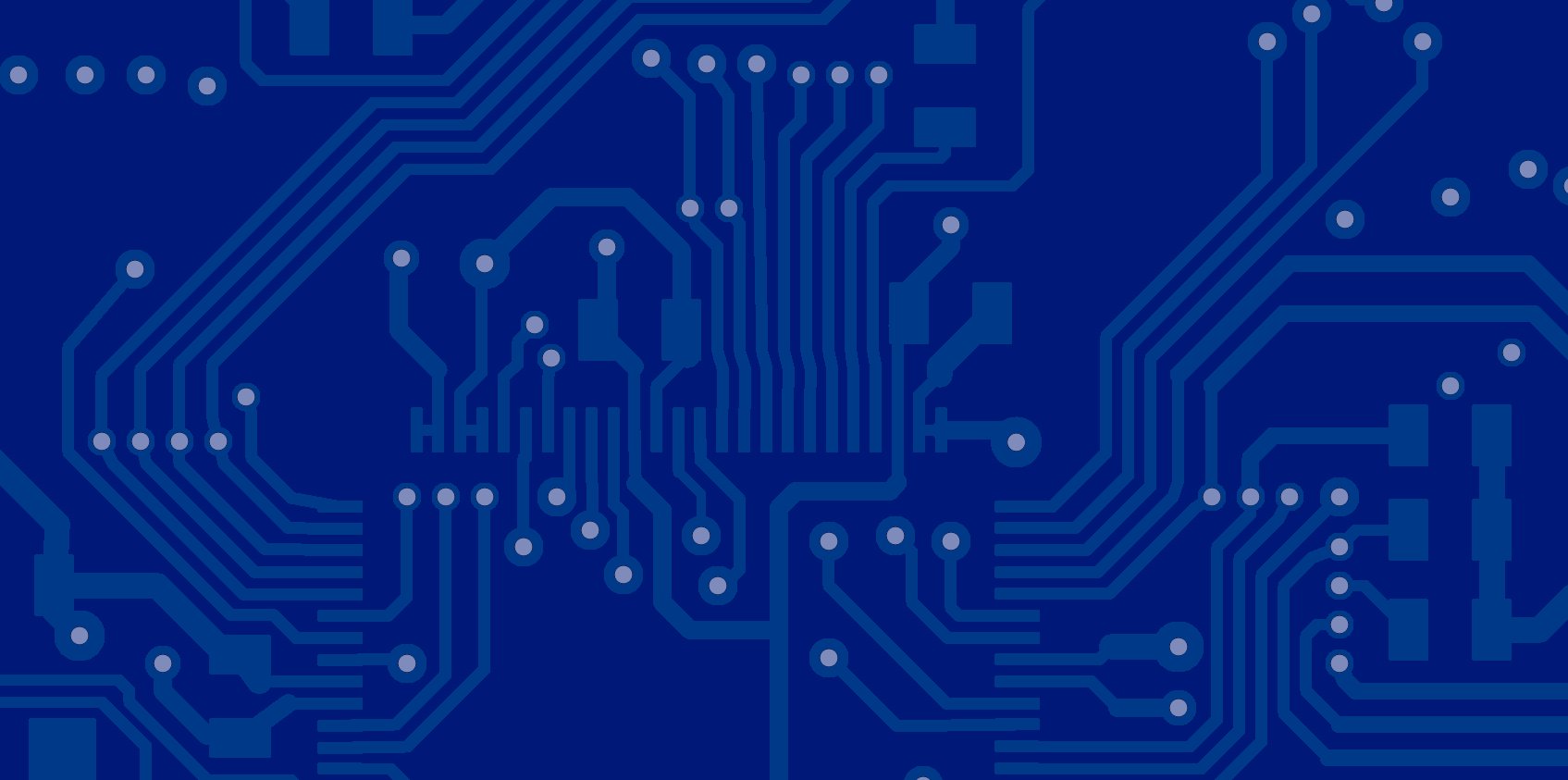
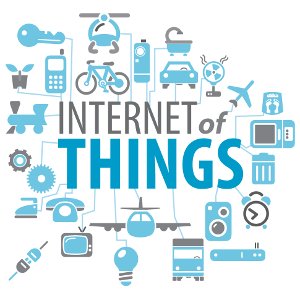
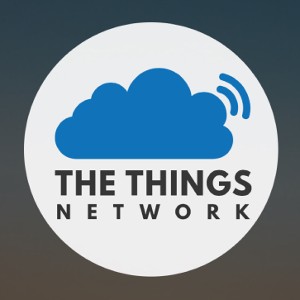
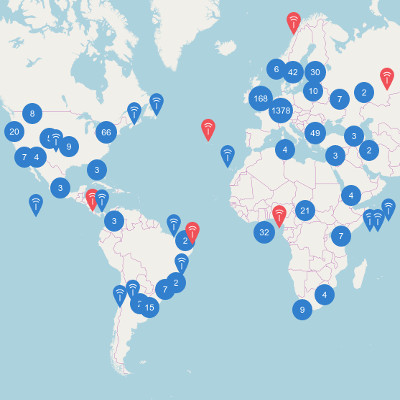
Leave a Reply
You must be logged in to post a comment.